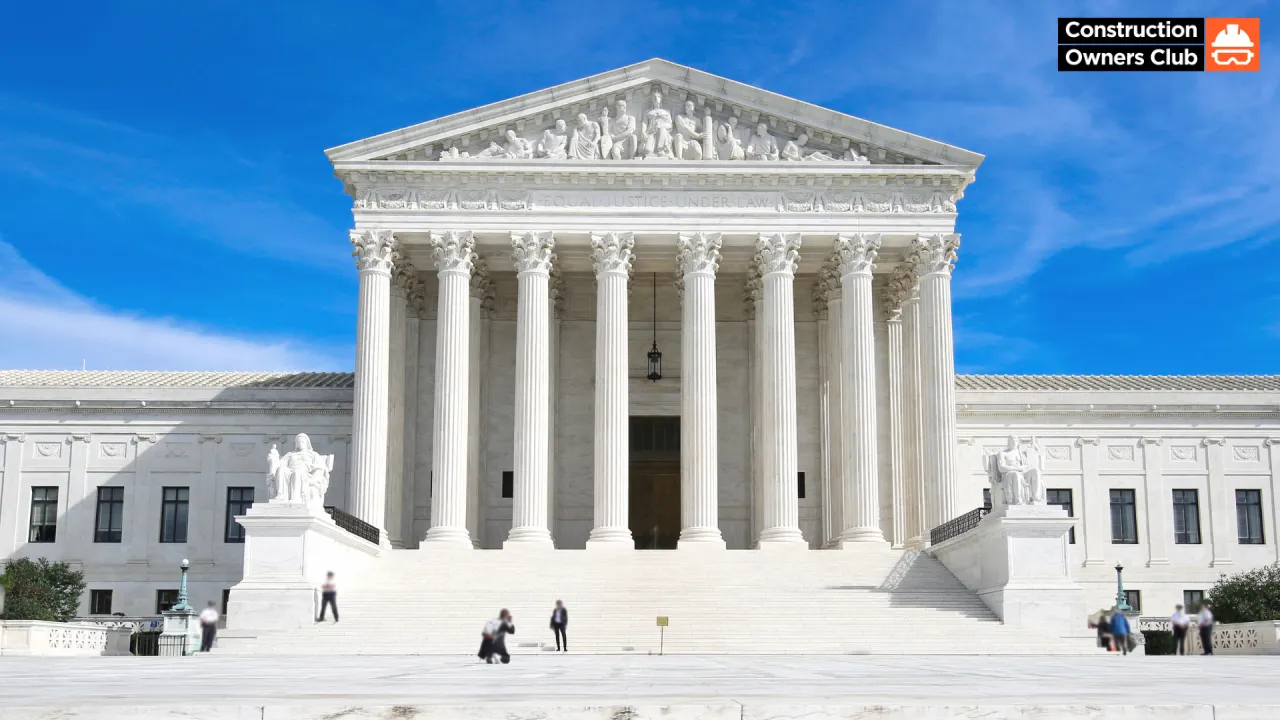
The Supreme Court's recent decision in Loper v. Raimondo throws a wrench into how courts assess the legality of agency regulations. This article explores the potential consequences of this decision for government contractors, focusing on how it might impact existing regulations, new regulations, and contract interpretation disputes.
Prior to Loper, the Chevron Doctrine compelled courts to defer to reasonable agency interpretations of ambiguous statutes. This led to uncertainty for contractors, as changing administrations could bring new interpretations of the same law. With Chevron gone, courts will have the final say, potentially leading to less regulatory flip-flopping, especially between political parties.
Although Chevron deference is no more, courts will still consider an agency's perspective on interpreting ambiguous statutes. However, the weight given to this perspective remains unclear. This ambiguity could lead to continued litigation as courts grapple with the appropriate level of "respect" for agency interpretations.
Loper makes it easier for contractors to challenge existing regulations. Previously, they had to overcome the hurdle of Chevron deference. Now, they only need to convince the court that a regulation contradicts the underlying statute. This could lead to a wave of lawsuits against existing regulations. Additionally, contractors may be more likely to challenge new regulations, hoping to nip them in the bud before they take effect.
Loper underscores the need for clear and concise statutes. Congress may need to be more specific when delegating authority to agencies or outlining its legislative intent. This could lead to more complex and potentially gridlocked legislative processes.
The Federal Circuit already employs traditional contract interpretation methods for resolving ambiguities in government contracts. Loper's impact here seems minimal.
The long-term effects of Loper remain to be seen. While it may not cause immediate disruption, it has the potential to fundamentally alter how agencies implement statutes related to government contracting. Increased litigation and a renewed focus on statutory clarity are two possibilities on the horizon.